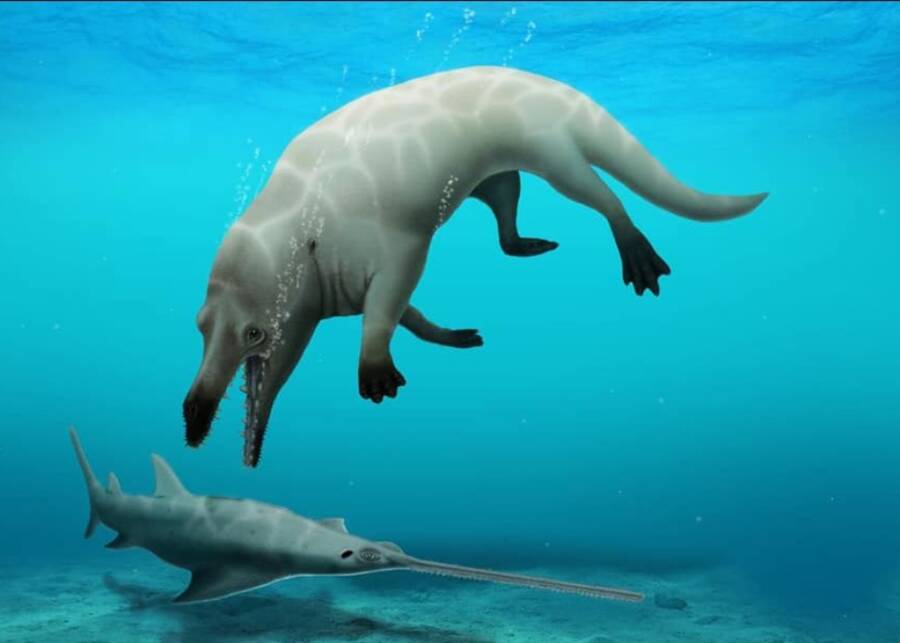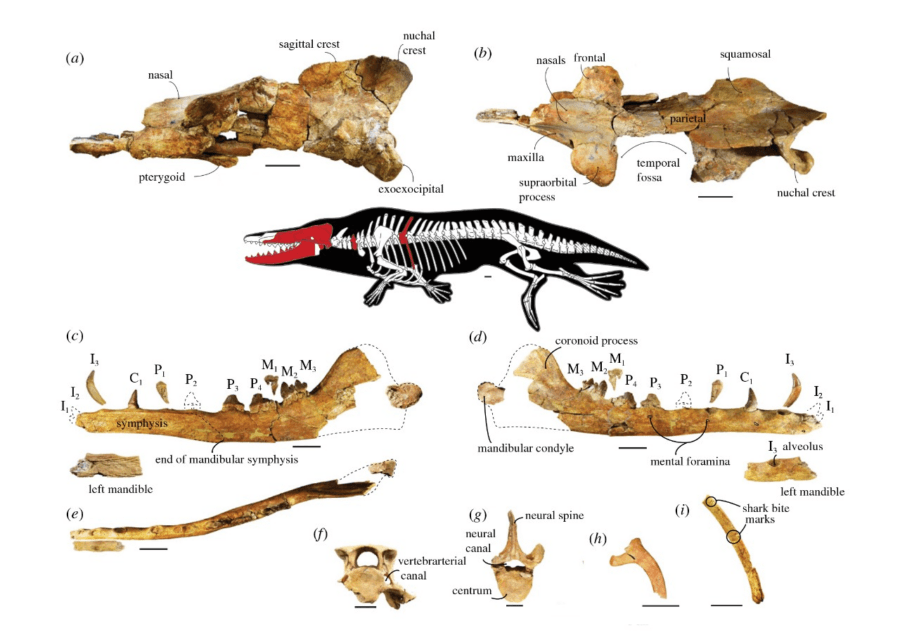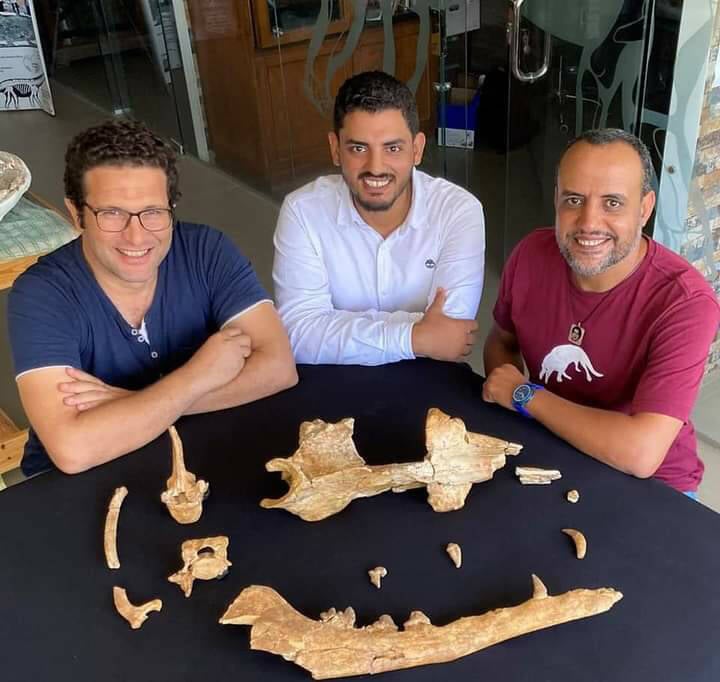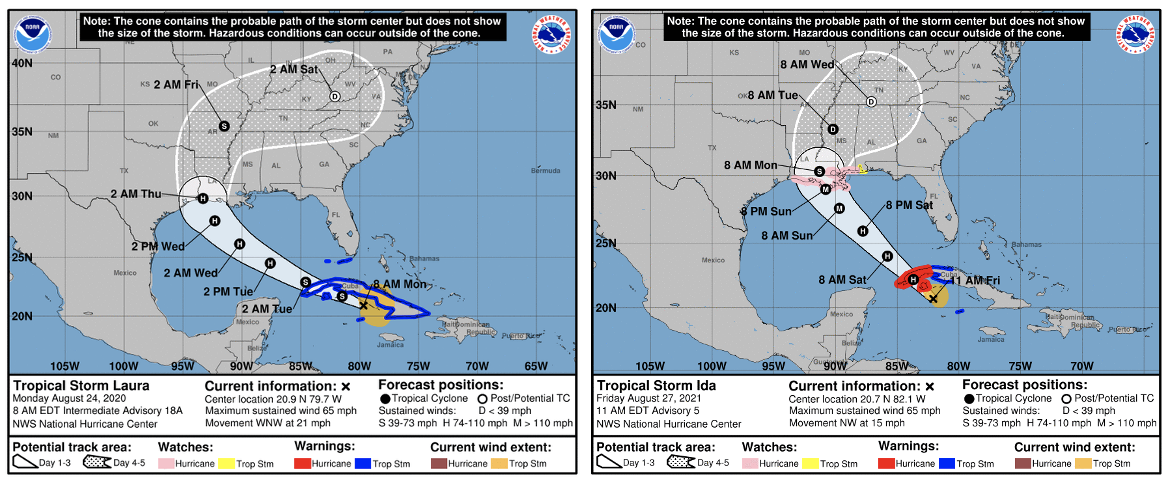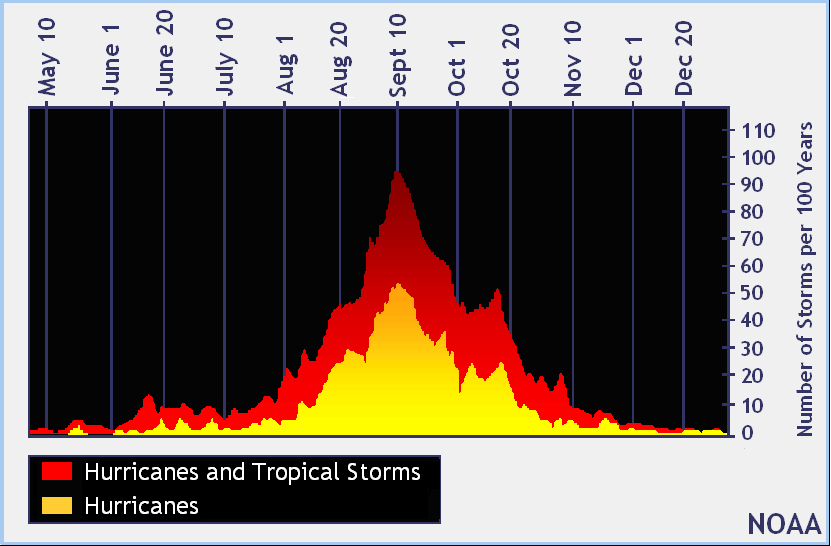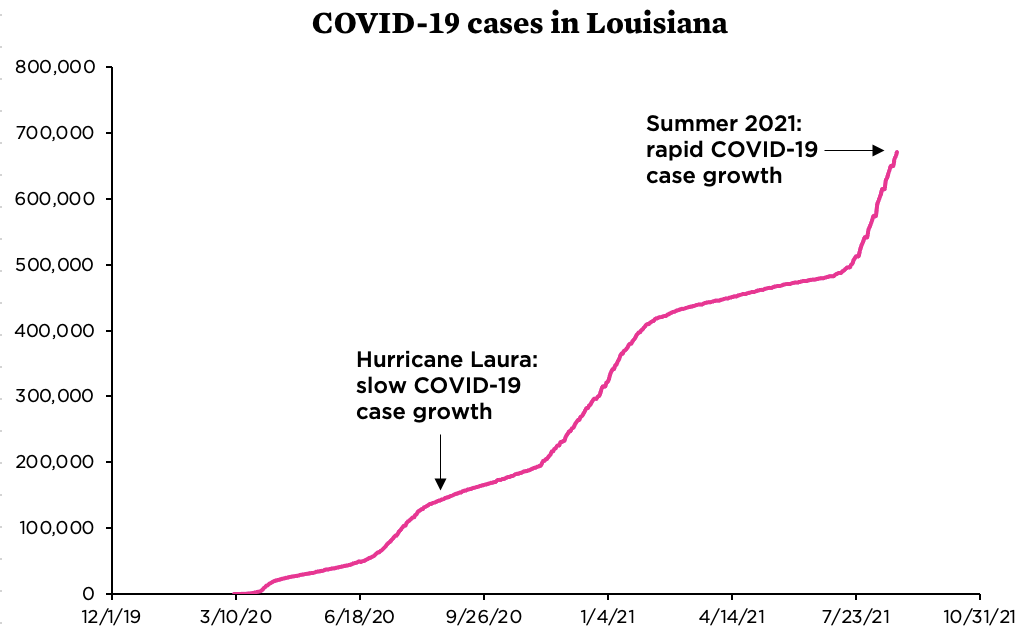The city positions itself as a climate champion but faces a crucial test

Oil storage tanks in Portland along the Willamette River. | Photo by Nick Cunningham
By Nick Cunningham | Aug 23 2021
In 2016, the city of Portland, Oregon, adopted a zoning ordinance that banned new fossil fuel storage facilities and terminals, a move that was viewed as groundbreaking climate policy at the time, aimed at halting the expansion of fossil fuels.
In July 2020, Portland issued a “climate emergency declaration,” another step that seemed to position the city at the forefront of the strengthening climate movement.
This summer, Portland finally has the chance to put words into concrete action. A crucial land-use permit for an oil-by-rail facility within city limits needs the approval of the city government. A rejection would deal a devastating setback to what has become a substantial fossil fuel operation, potentially leading to its eventual shutdown.
Community activists have been pressuring the city council to reject the permit, showing up to town halls, leafleting Portland neighborhoods, holding webinars, and demonstrating downtown. A barrage of letters, emails, and phone calls have swamped city offices. Some protesters have even kayaked up to the oil terminal itself on the Willamette River. Dozens of neighborhood associations have come out against the permit. County officials and some representatives in the Oregon state legislature have joined the cause.
A decision is expected before the end of August. Activists fear that the city, when given the chance to take on the fossil fuel industry with more than just words on paper, is on the verge of backing down over fears of a legal battle. While wildfires rip through parched forests in other parts of the state and global scientists warn about climate catastrophe, Portland’s government may acquiesce to the industry and issue a permit for the oil-by-rail operation.
If the city does approve the land-use permit, “it would say that the city is placing the risk of a legal fight above climate concerns,” Erin Saylor, an attorney with Columbia Riverkeeper, told Sierra. “This is a pretty unique opportunity that the city has been given here. We want to see the city take the chance. We want to see them come forward as a climate leader.”
Portland becomes a fossil fuel hub
In 2017, a private-equity-backed oil storage company called Zenith Energy purchased an old asphalt terminal in a heavily industrialized zone of Portland along the Willamette River. Zenith used old permits held by the previous owner to quietly build a major oil operation, shipping in oil by rail from the tar sands of Canada and the Bakken shale fields of North Dakota, and then loading it onto ships in the Willamette River for export.
Without much fanfare, Portland has quickly grown into something of a waystation and jumping-off point for a small slice of the continent’s oil going to other parts of the West Coast and abroad.
Portland’s mayor, the city council, the general public, and a strong contingent of environmental and community activists have long opposed Zenith’s oil-by-rail operations. Despite opposition, the city has insisted that its hands are tied, citing Zenith Energy’s grandfathered-in permits from years ago.
As a result, oil shipments have surged, rising from 14 million gallons in 2018 to 167 million gallons in 2019 and to 234 million gallons in 2020. Roughly every three days or so, a mile-long, 100-car train filled with volatile crude oil rolls through urban neighborhoods in Portland.
Oil trains present enormous safety risks, which Oregon has already seen firsthand. On June 3, 2016, an oil train derailed in the town of Mosier, in the Columbia River Gorge, exploding into a fireball. The winds were calm that particular day, unusual for that location and that time of year, which helped prevent the derailment from turning into a much more catastrophic event.
The risk of train derailments is not shared equally. In Multnomah County (where Portland is located), low-income communities and communities of color make up a larger portion of the populations living near rail lines than in the county as a whole.
In the Columbia River Gorge, the trains also interfere with Native American tribes that have treaty rights to fish along the Columbia River. The trains loom as a disaster-in-waiting for tribal members and for the salmon on which they depend.
“The tribes have endured over a century of just constant impacts from industry. And the salmon have as well. It's like 'death by a thousand cuts.' Well, we're already at a thousand cuts,” Julie Carter, a policy analyst with the Columbia River Inter-Tribal Fish Commission (CRITFC), told Sierra. CRITFC manages the fisheries for the four treaty tribes of the main stem of the Columbia River—the Yakama, Umatilla, Warm Springs, and Nez Perce.
Before the oil trains, coal trains moved through the gorge, blowing coal dust on tribal members as they fished. Carter said the tribes fear a train derailment will result in a fish kill if toxic Bakken crude oil spills into the river.
“I think the tribes are pretty much fed up with the status quo. We need to think outside the box and move away from fossil fuels,” she said.
“Dozens or even hundreds of World War II–era tanks containing hundreds of millions of gallons of gasoline and jet fuel would rupture, collapse, or explode, leaking 50 to 100 percent of their fuel.”
A Fukushima or Deepwater Horizon
In July, Multnomah County published a report warning about the massive seismic risk to the region. The report looked at the Critical Energy Infrastructure (CEI) hub, a vast six-mile industrial zone in Portland that holds more than 400 oil storage tanks, pipelines, and railroads. Zenith Energy’s facility sits right in the middle of the CEI hub, but it is only one part of a much larger fossil fuel complex that holds 90 percent of Oregon’s fuel supplies.
The report examined the dangers and expected fallout from a magnitude 9 earthquake. The Cascadia Subduction Zone, a fault line stretching from British Columbia down to Northern California, is thought to produce a major earthquake every 350 years or so. The last one occurred in 1700, which means the Pacific Northwest is just about due for a catastrophic seismic event. Research by Oregon State University estimates there is a 37 percent chance of a greater than magnitude 8 earthquake in the next 50 years.
If that were to occur, the Multnomah County report concluded, it would result in a colossal environmental disaster in Portland. Of the more than 400 oil tanks in the industrial zone in Portland, 90 percent of them were built decades ago, before the seismic risk was known. Worse, they are located on “liquefiable soils,” loose soil adjacent to the river that would essentially turn to mush in the event of an earthquake.
As a result, dozens or even hundreds of World War II–era tanks containing hundreds of millions of gallons of gasoline and jet fuel would rupture, collapse, or explode, leaking 50 to 100 percent of their fuel, the report said. The disaster would put thousands of lives at risk and result in unimaginable damage to the river and wildlife.
The report surveyed other significant oil spill disasters from around the world and came to an alarming conclusion. “[T]he potential releases at the CEI hub following a [Cascadia Subduction Zone] event will be similar to the large events, Deepwater Horizon and the Great East Japan earthquake, in terms of level of releases and resulting damages to the environment, health, and safety.”
In other words, Portland has a potential Deepwater Horizon or Fukushima sitting in its backyard.
Jay Wilson agreed with that assessment, saying that it would amount to a “multigenerational environmental catastrophe that comes from an industrial complex failure. And it’s one that is foreseen.” Wilson is the resilience coordinator with Clackamas County, Oregon, one county to the south of Multnomah.
Wilson previously worked for Oregon Emergency Management and traveled to Japan following Fukushima to take home lessons for Oregon. He has repeatedly sounded the alarm to local, state, and federal officials. “We know much more about our magnitude 9 earthquake than Japan did. How much longer can we do nothing?” he said.
For people living near the oil tanks, the dangers do not feel far away. Sarah Taylor lives in Linnton, a neighborhood sandwiched between the CEI hub and Forest Park, one of the nation’s largest urban forests. The neighborhood is surrounded by oil tanks and other heavy industry.
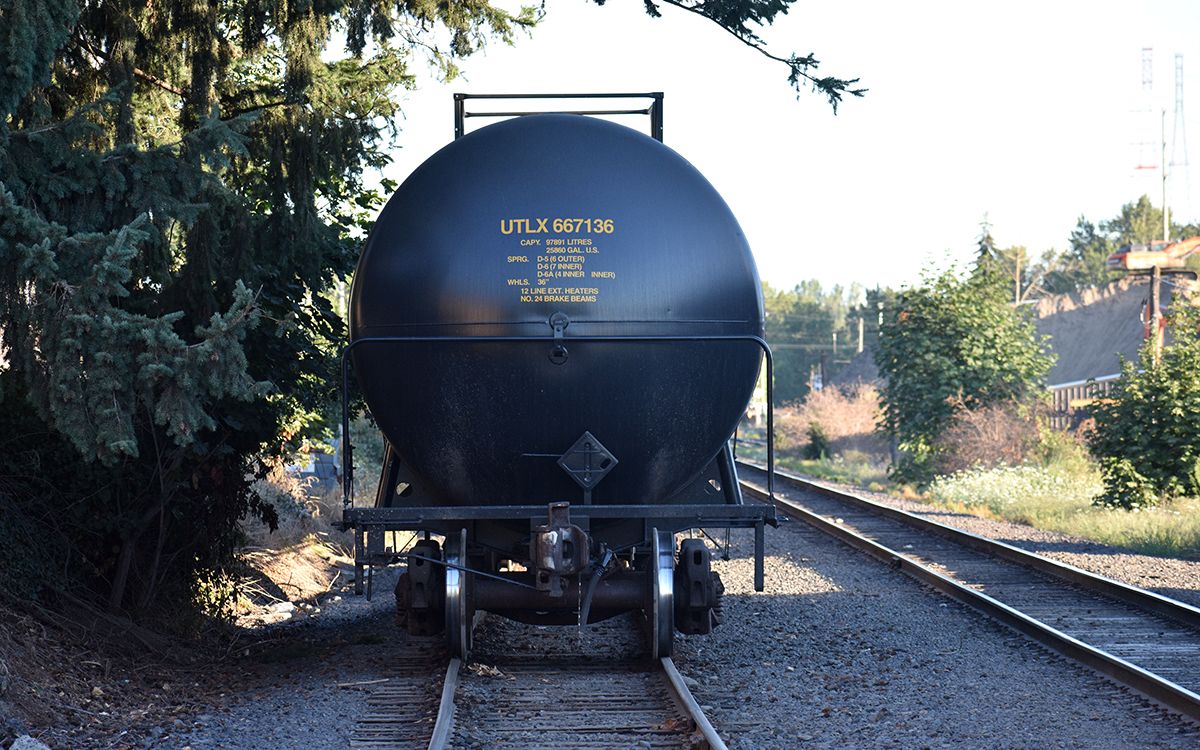
An oil train in the Linnton neighborhood. | Photo by Nick Cunningham
“We're all supposed to have rolls of plastic in our bathrooms so if there are toxic fumes, we can seal ourselves in,” she said, referring to the industrial disaster that would occur when the earthquake hit. “People would have to run up over the mountain to get away. And we have elderly people.... They have no plan for us.”
When asked about the report, John Wasiutynski, the Multnomah County director of the Office of Sustainability, said he hoped it would spark some change.
“We wanted to sort of break that cycle of inaction by taking on this project. This is step one,” he said.
He suggested that the county is looking into requiring some sort of risk bonding for which fossil fuel operators would need to pay in order to shoulder some financial burden. “We think we have the authority,” he said, to require companies to insure against damages that “we know are going to happen.” In the long run, the city and state aim to phase out fossil fuels, but it will take time.
Portland’s chance to take a stand
In early 2021, a window of opportunity opened for Portland when Zenith Energy’s oil-by-rail operation had to renew its expired air permit from state environmental regulators. To obtain that, Zenith first needed the city to sign off on a land-use permit. After years of watching ever-increasing volumes of oil flow through Portland, the city finally had the chance to weigh in on the unwanted fossil fuel operations. The city also arguably had its first real opportunity to put the 2016 pledge to block fossil fuel infrastructure into concrete terms.
For months, a coalition of environmental groups, community activists, and neighborhood associations have been publicly pressuring the Portland City Council to deny the land-use permit, a move they believe could interrupt or even halt the shipments.
“The city faces many difficult problems. I extend my thanks and sympathies to you that have to solve them,” Melanie Plaut, a retired physician and volunteer with 350PDX, told the city council at a public hearing in April.
“But this is an easy one,” she said, arguing that “with one action [the city council can] align itself with Portland residents and stop Zenith from bringing crude oil trains through our neighborhoods.”
Over the course of multiple city council meetings throughout the spring and summer, citizen testimonies related to Zenith have been unified in their opposition to the company. On July 19, a coalition of 45 neighborhood associations, churches, and other local community groups signed a letter calling on the city to reject the land-use permit.
Mayor Ted Wheeler has been quick to ally himself with the community in opposing Zenith. “I agree completely with those who say ‘we should not have volatile oil trains coming through our community,’” he said at a city council meeting in April in response to multiple testimonies from residents opposing Zenith. “It is particularly galling to me that the city of Portland is being set up as a crude oil export colony for Canada. That should be unacceptable to any of us.”
A particular focus of the community’s ire is city commissioner Dan Ryan, who oversees the Bureau of Development Services, the agency that is considering the land-use permit. He has said little about the process or his thinking on the matter during the months of public campaigning by activists and the testimonies at public forums.
But based on feedback from city officials in the spring and summer, activists told Sierra that they fear that Portland is leaning toward approving the land-use permit for Zenith’s operations while exacting some modest concessions from the company and spinning the decision as a “win,” all in an effort to avoid getting sued.
In an interview with Sierra, Erin Saylor, the attorney with Columbia Riverkeeper, said that the city has multiple legal tools at its disposal to reject the permit, including the fact that oil-by-rail operations pose safety and environmental risks and disproportionately impact communities of color. There’s also the fact that the oil moving through Portland offers little benefit since it's simply reexported. According to Saylor, this legal authority is spelled out in Portland’s 2035 Comprehensive Plan, a master plan of sorts for future development, which gives the city a sound legal foundation to reject the crucial permit that Zenith is seeking.
“We think that there are enough goals and policies in the [Comprehensive] Plan for them to rely on to deny it,” she said.
Sierra reached out with a detailed list of questions to all five city council members, including Mayor Wheeler, as well as the Bureau of Development Services, but none provided answers.
Zenith Energy did not return a request for comment.
A test case for Portland
Portland cannot dismantle its fossil fuel storage hub overnight, but it has an immediate decision to make on oil-by-rail that could make a small but meaningful difference. The catastrophic seismic threat lurking in the background should only bolster the city’s resolve in its fight against Zenith Energy, whose oil trains magnify the threat.
“I think it's actionable and defensible data that the city could rely on in a [permit] denial. Absolutely,” said Nick Caleb, an attorney with Breach Collective, a climate justice organization, regarding the seismic report. “There's legal risk, and then there's actual harm to the community. The cost to the community in one of those events [a catastrophic earthquake or oil train derailment] would be well above what the city would be out in legal fees.”
“When does the city have the right to say no?”
The case of Zenith Energy is not only a test case for Portland’s climate commitments. It also represents the fights that other cities and counties must have as the climate crisis unfolds.
Some seem to be succeeding. The other Portland—Portland, Maine—won a landmark legal case in July, ending a six-year battle over its effort to outlaw the bulk loading of crude oil onto tankers on the city’s waterfront.
And Whatcom County, Washington, recently became the first county in the US to ban new fossil fuel infrastructure.
“I think there are a lot of cities that are trying to take similar approaches to this because it's clear that the fossil fuel industry just isn't going to change on its own,” Erin Saylor of Columbia Riverkeeper said.
In many ways, Portland’s decision should indeed be “an easy one,” as Plaut of 350PDX put it. Zenith Energy has almost no political constituency in Portland. It is a Texas-based oil company with global operations. Its profits are siphoned off to its private equity owners, and its oil operations in Portland employ only a handful of people. The oil it handles comes from far away and is not even consumed in Portland.
In other words, Portland shoulders tons of environmental and safety risk and enjoys almost no benefit. It is precisely the type of fossil fuel project that, in theory, should be easy for city leadership to find the courage to confront. With the climate crisis accelerating in real-time, governments no longer have the luxury of dodging battles with the oil industry.
“I think this is a profoundly hopeful moment because we are being called to ask, When does the city have the right to say no? When do we have a right to say what we want?” Elijah Cetas, an organizer with the Portland Harbor Community Coalition, an umbrella group of over 30 organizations affected by the toxic Superfund site in the Willamette River, said at a June hearing. “The moment to stop Zenith is right now.”
Nick Cunningham is an independent journalist covering the oil and gas industry, climate change, and international politics. He has been featured in Oilprice.com, The Fuse, DeSmog, The Real News Network, and NACLA.







